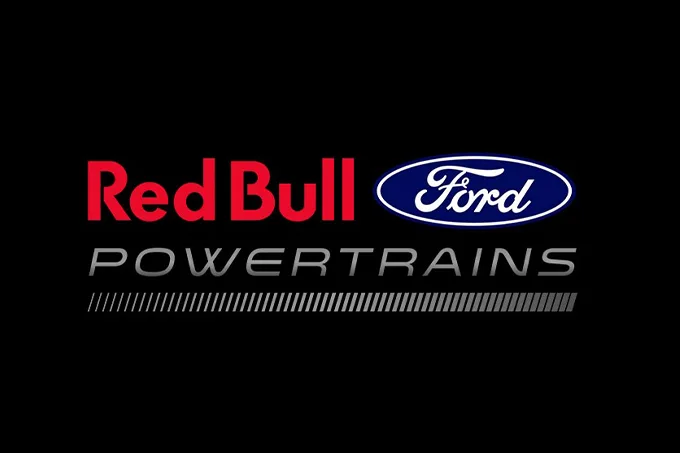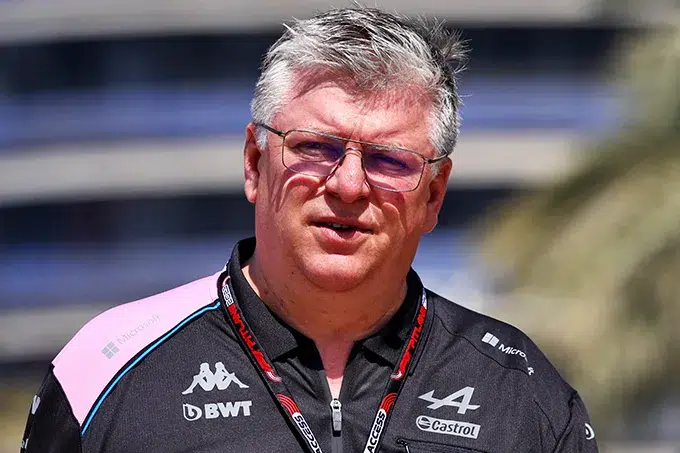Otmar Szafnauer offers Red Bull and Ford strategic advice, sharing key lessons from his motorsport experience ahead of the 2026 challenge.
Ford faces a massive challenge with Red Bull Powertrains: building a power unit from 2026, starting from an almost blank slate.
The American manufacturer will help Red Bull develop the internal combustion engine but will mainly focus on batteries and control systems.
Will Red Bull and Ford be able to succeed in scaling this Himalayan task? One man may offer valuable insight: Otmar Szafnauer. As a former team principal at Alpine, Aston Martin F1, and Force India, he was also a Ford executive in the U.S. between 1986 and 1998.
“Ford is a huge and highly capable company. They have a long history in motorsport, including Formula 1,” said Otmar Szafnauer.
“They’ve owned their own team, supplied engines, and even held Cosworth for a time. Their racing DNA runs deep, and they continue to compete in North America today.”
“When I left Ford to join British American Racing in 1998, I quickly realized that certain methods that worked at Ford could also be applied in F1.”
“But I also learned that others, on the contrary, could slow down an F1 team. You need to distinguish what’s useful from what isn’t. If you mix everything without discernment, you can create problems. If you apply only what works, then it’s perfect.”
Ford’s last experience in F1 didn’t go well: the team entered Formula 1 in 2001 with the Jaguar outfit. Ironically, the team was later bought by Red Bull.
24 years later, can lessons from the past help guide the present? Otmar Szafnauer believes so.
“Definitely, as long as that knowledge has been passed on to the new generation,” he explains.
“You need to know how to capitalize on acquired experience.”
“I’ll give you an example from my time at Ford. Like other manufacturers, we had a step-based system for automotive projects: specific milestones to meet at certain stages of development.”
“If a program lasted 36 months, we had about a dozen milestones. At each one, we compared what had been achieved against the list of established goals.”
“That approach eventually made its way into F1 because it works. For example, in 2023, you’re already planning for the 2026 car.”
“One milestone for 2023 could be: do you already have three aerodynamicists working on 2026? Is someone studying the regulations and collaborating with the FIA?”
“For the power unit side, do you have enough engineers committed to ensuring competitiveness in 2026?”
“This tool works because it forces the team to follow a defined path to success,” Otmar Szafnauer explains.
“It compels you to take action or to acknowledge why you aren’t doing something—perhaps due to a lack of resources. At that point, you need to correct the course.”
“Some methods used by major manufacturers work in F1, but conversely, you must avoid being overly process-driven, as that can slow down development.”
Szafnauer suggests that Red Bull Powertrains could benefit from task division for greater efficiency.
“When we managed large projects, we broke them down. We had different project leaders reporting to a single manager, and I noticed something. I thought: ‘You know what? For building a Formula 1 car, I’m going to divide it into three areas.’”
“I had three sub-project leaders, so to speak, for manufacturing and procurement, responsible for that part of the car, ensuring parts were delivered on time and at the right quality level. That was their responsibility.”
“I don’t think an F1 team had ever been structured that way before, and it’s something I brought from my experience at Ford.”

- Discover More>Russell Declares Readiness to Lead Mercedes to Glory
- Follow us on >Facebook and >Twitter for F1 updates
Otmar Szafnauer’s Advice: Can Red Bull and Ford Win 2026? Otmar Szafnauer’s Advice: Can Red Bull and Ford Win 2026?
